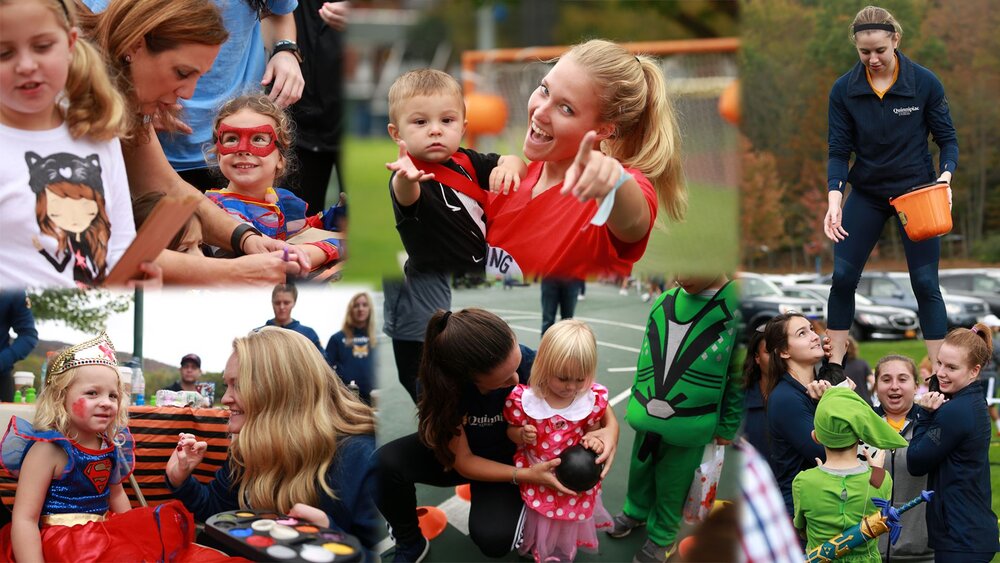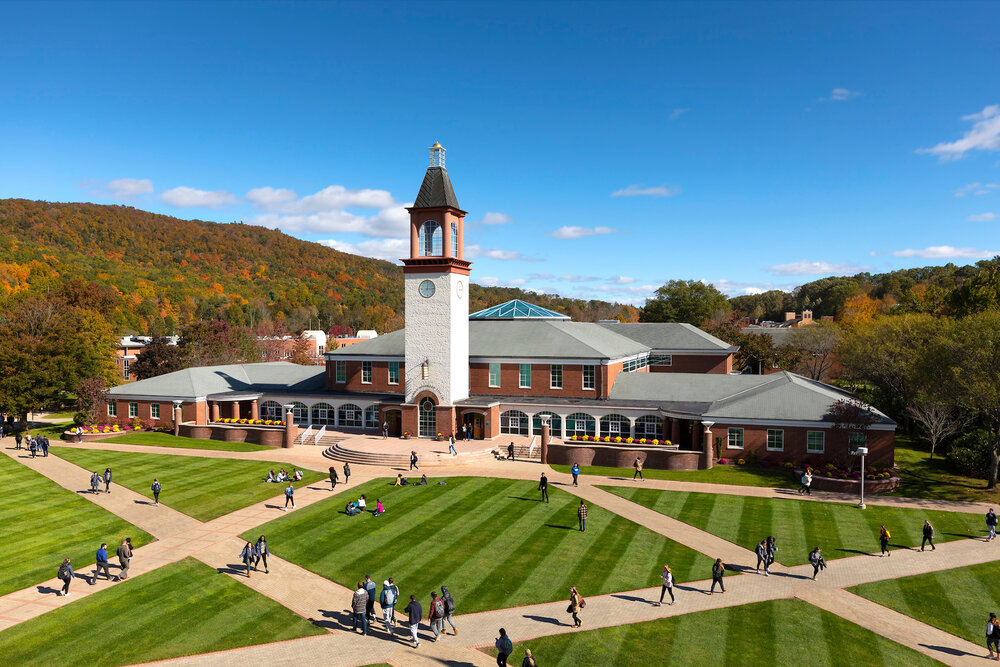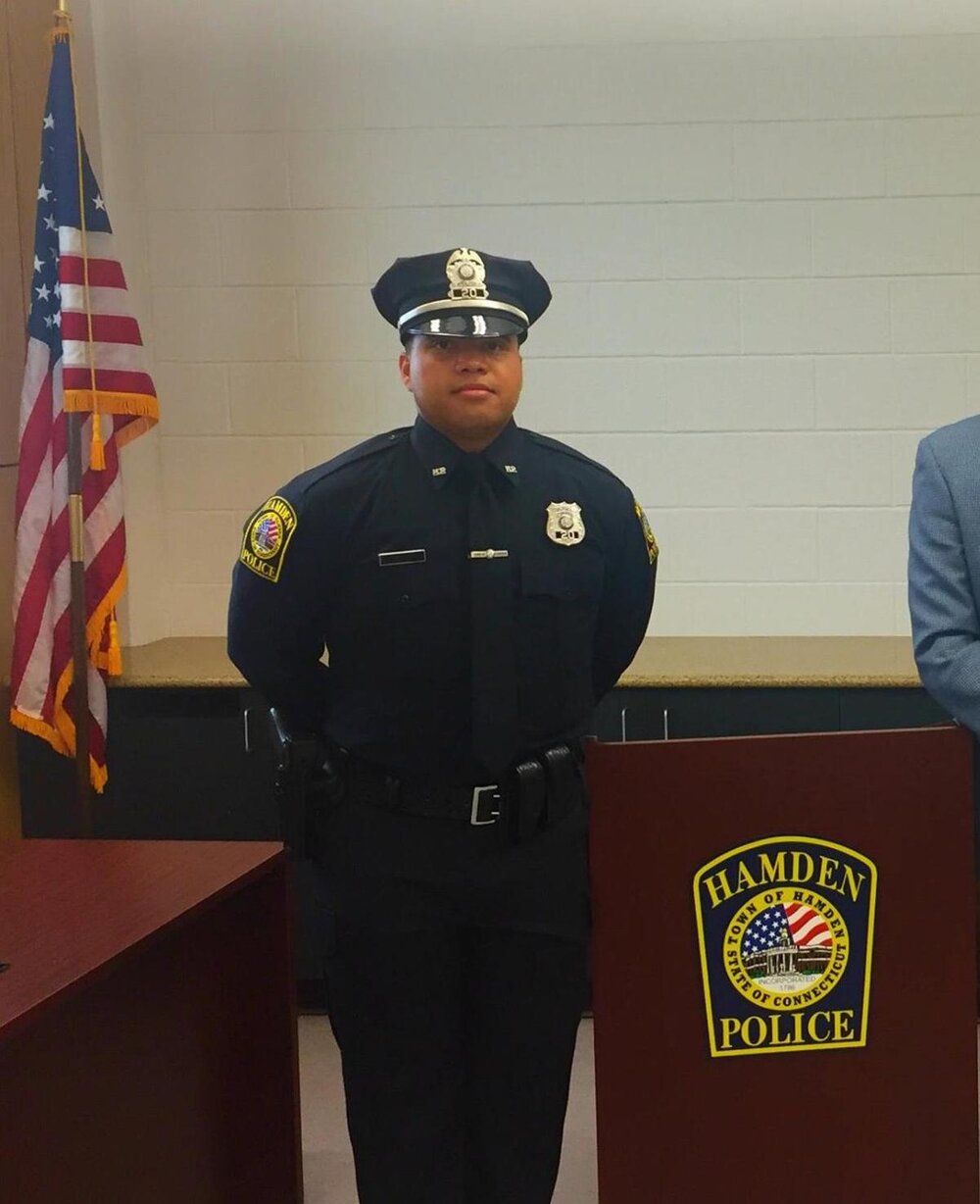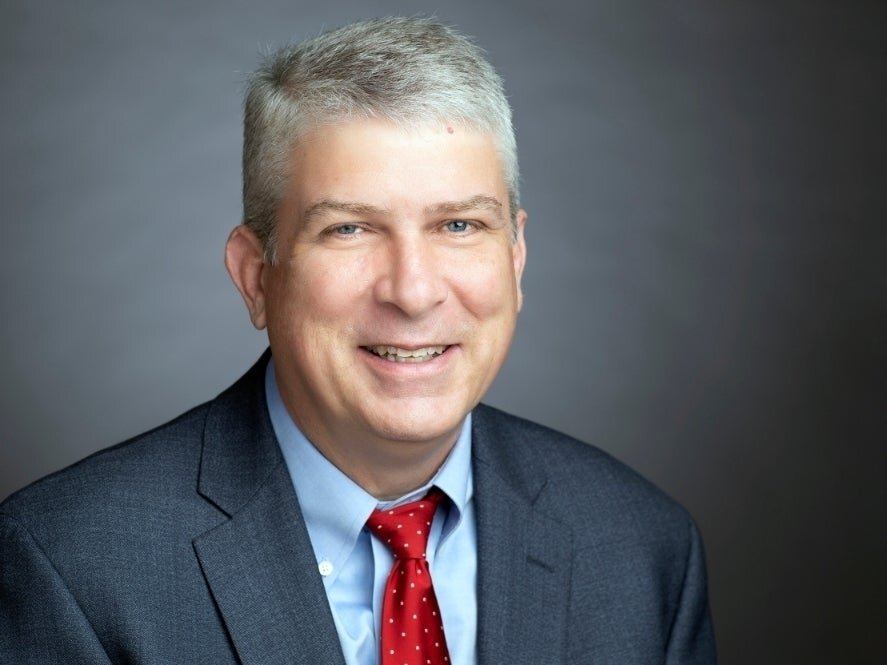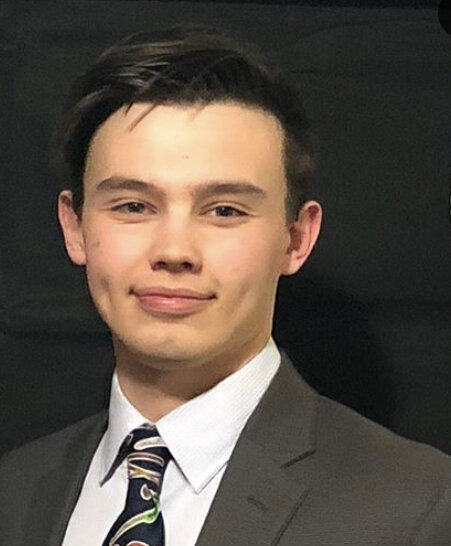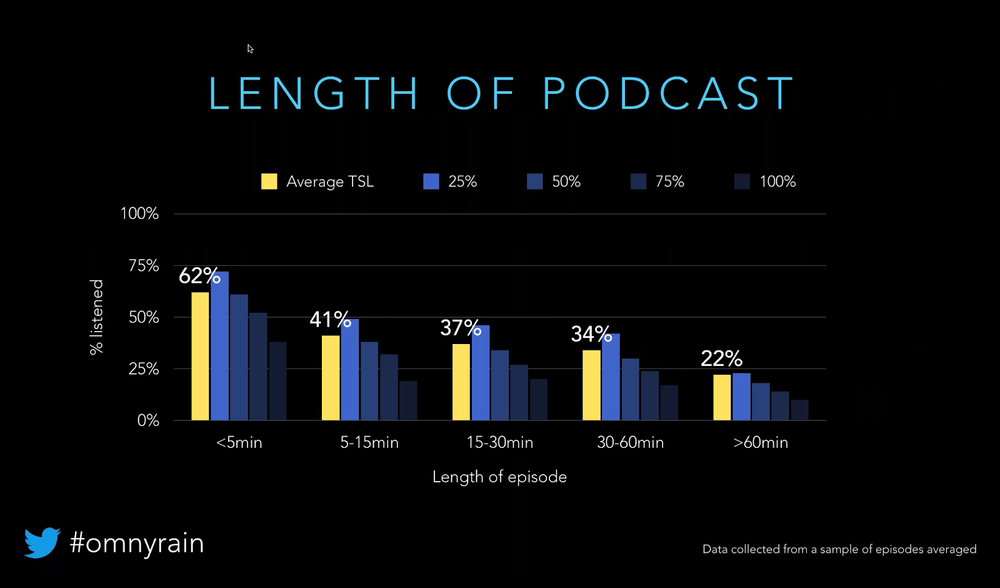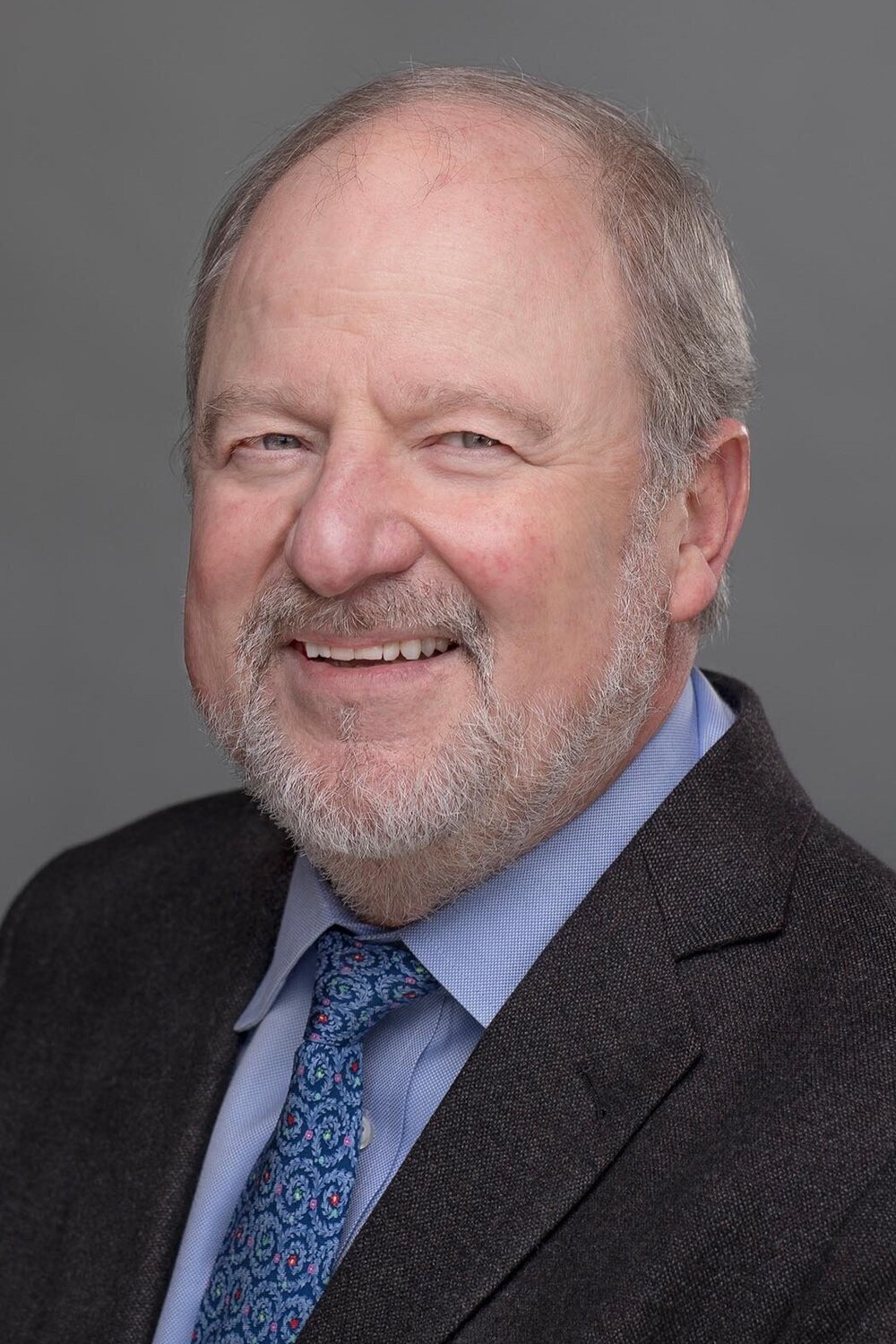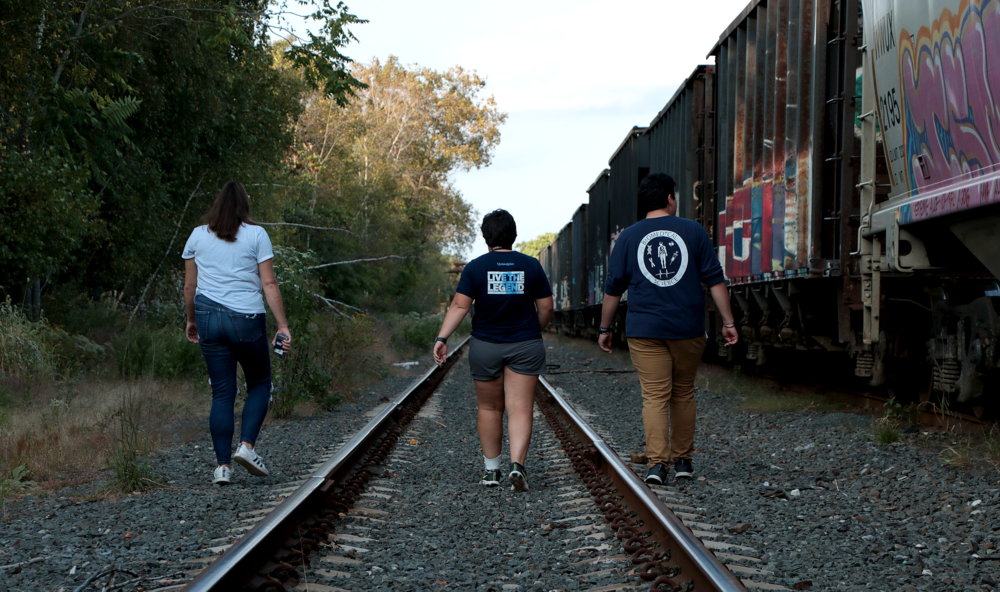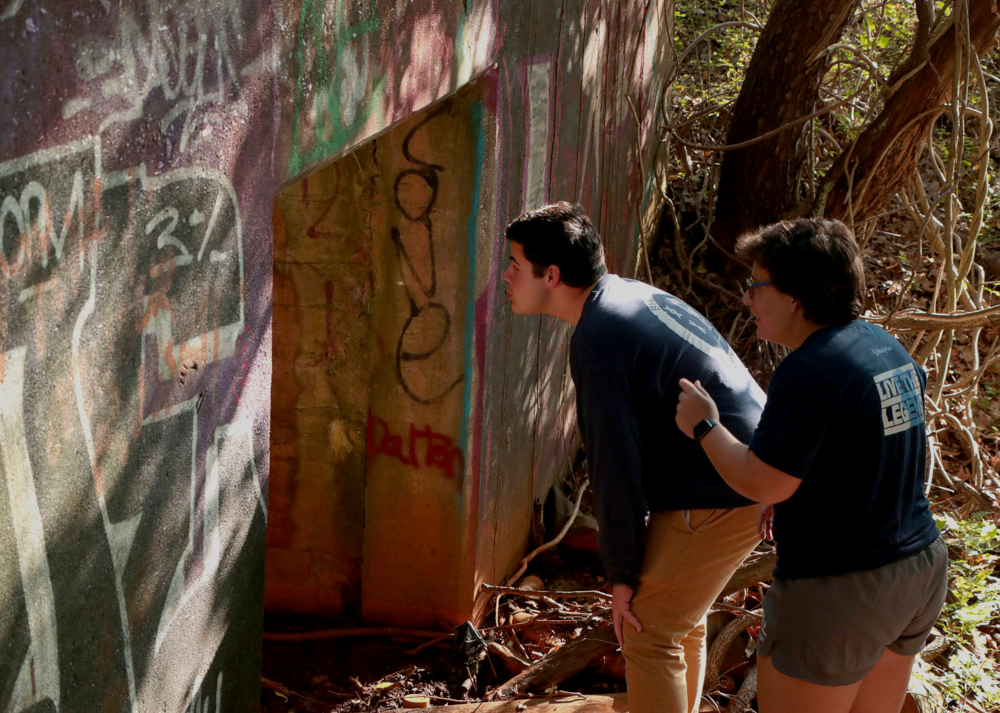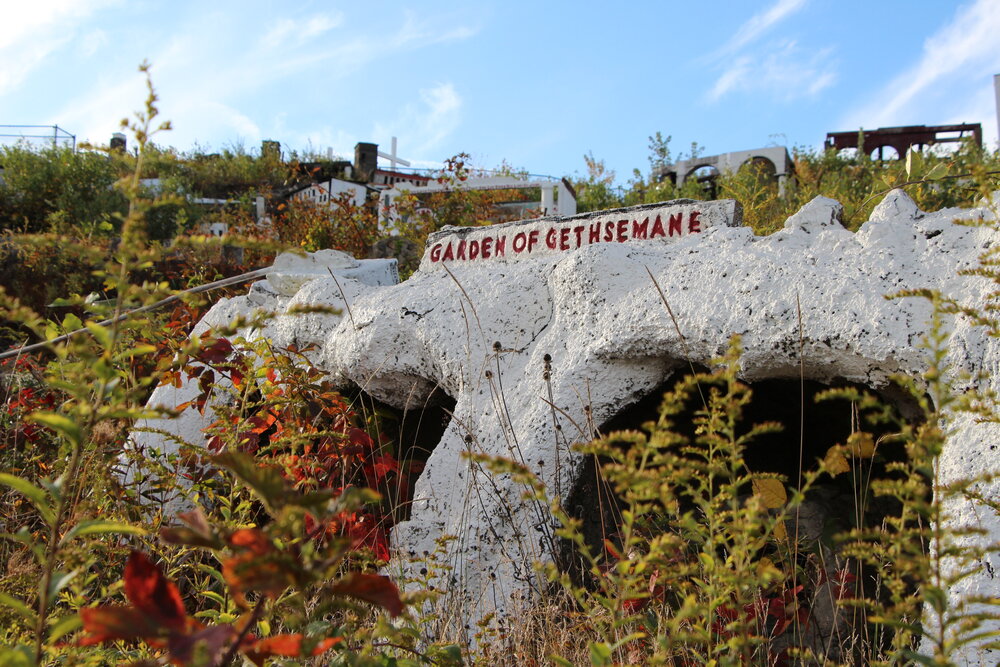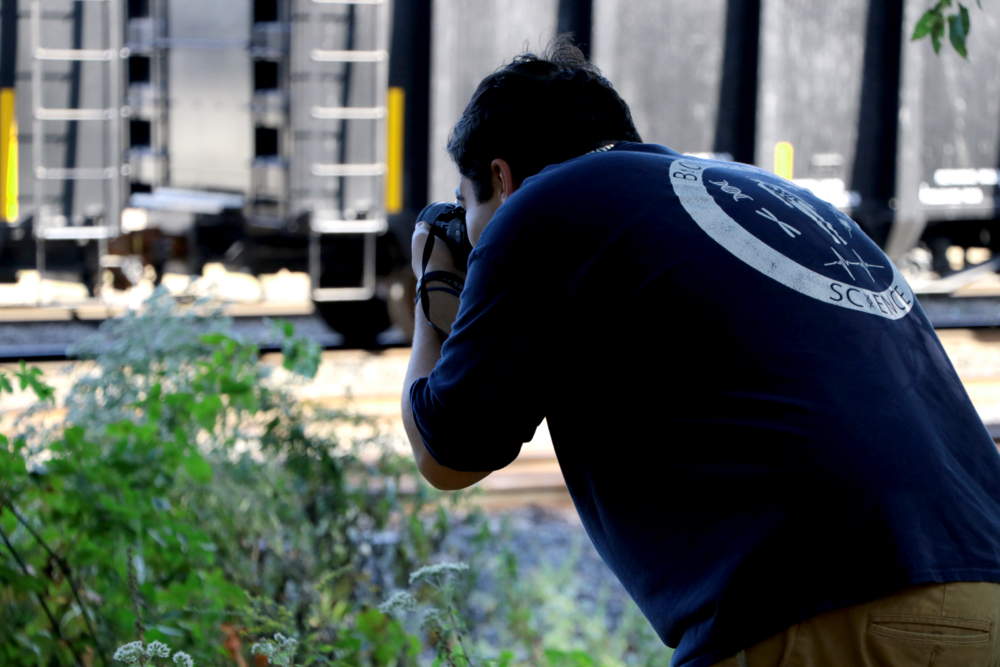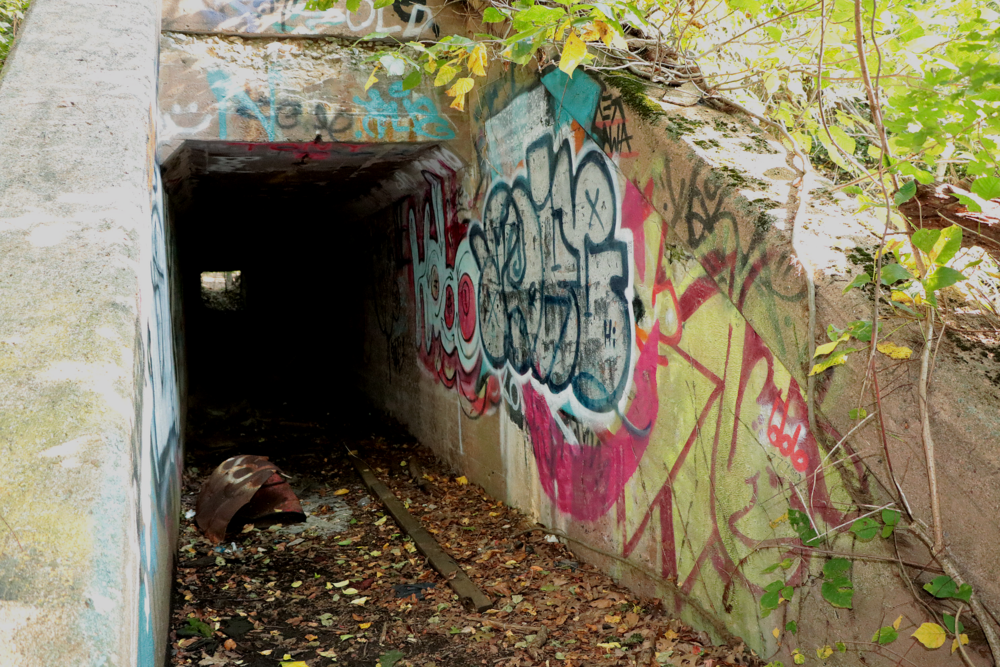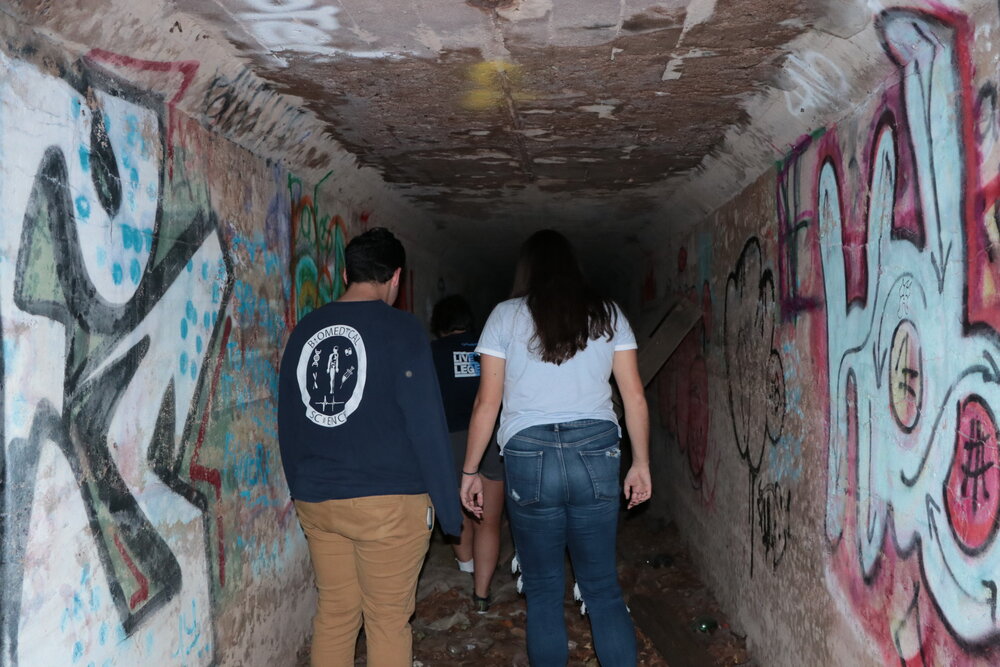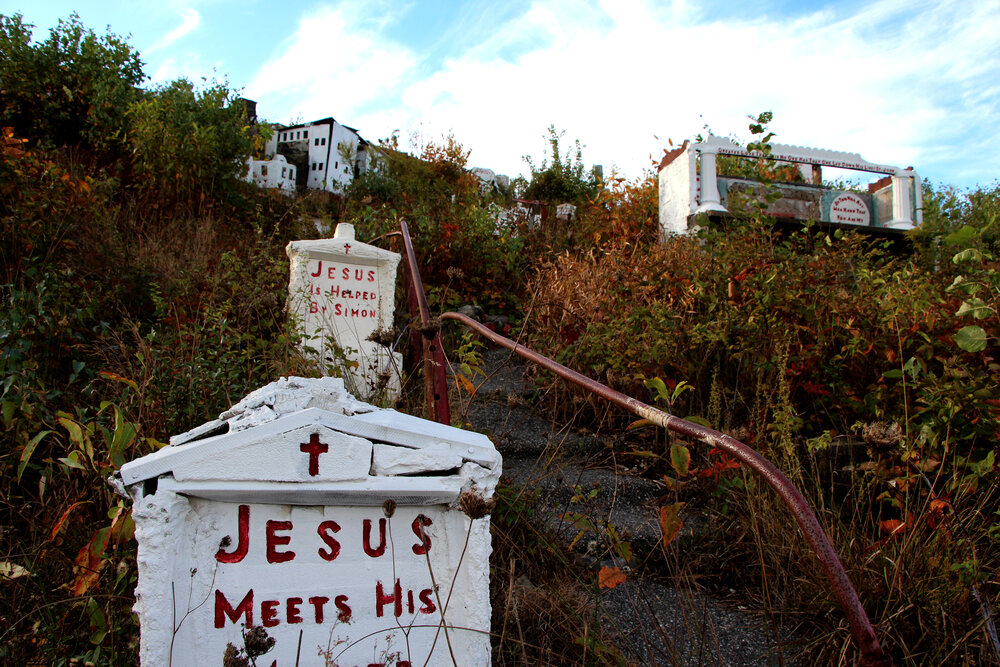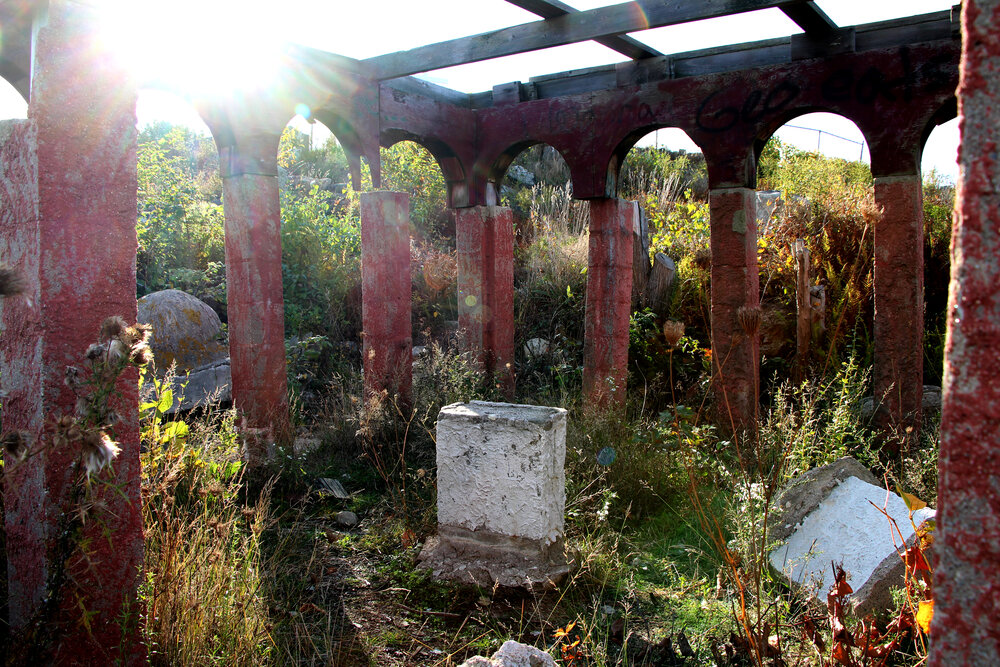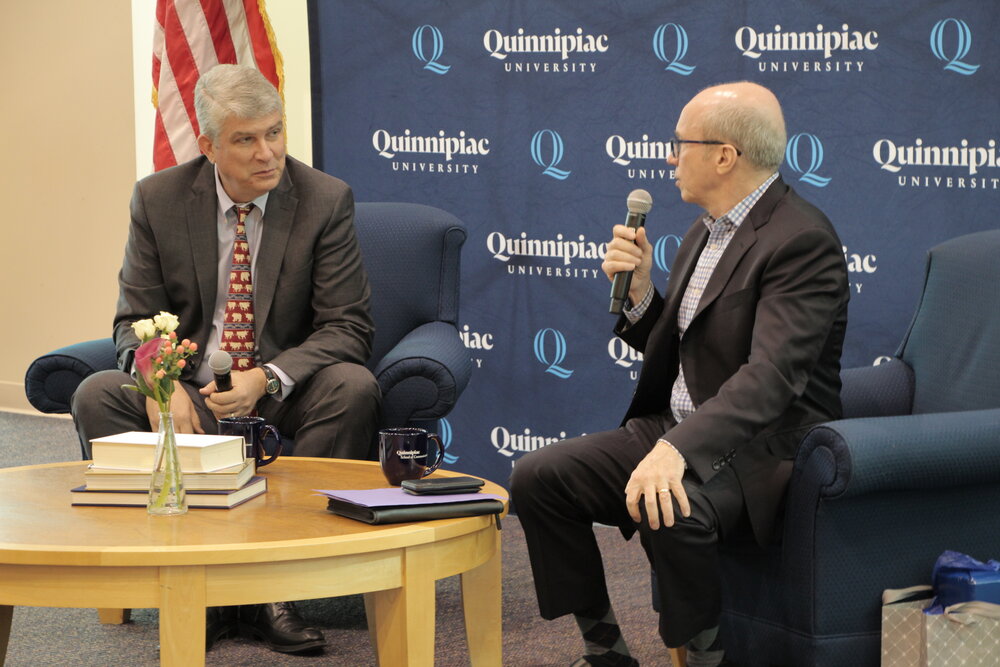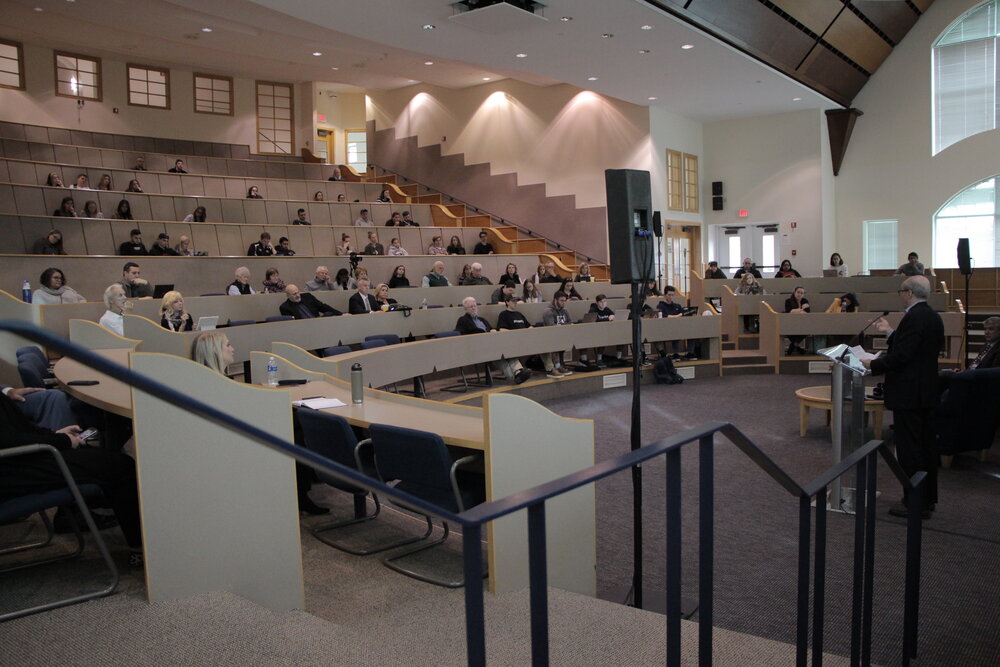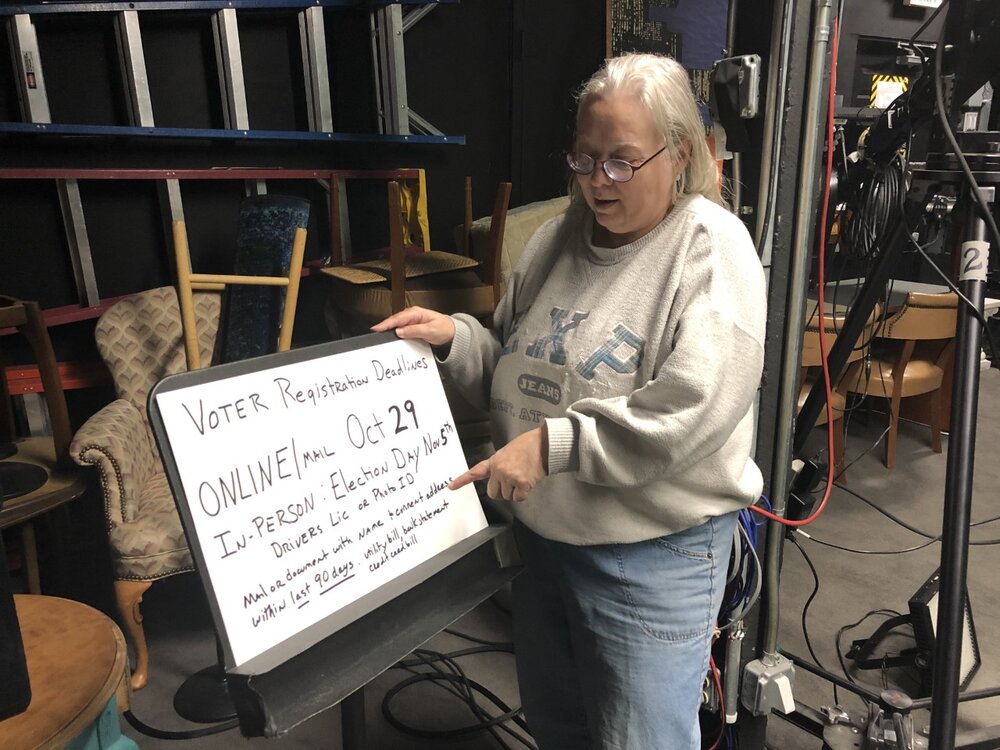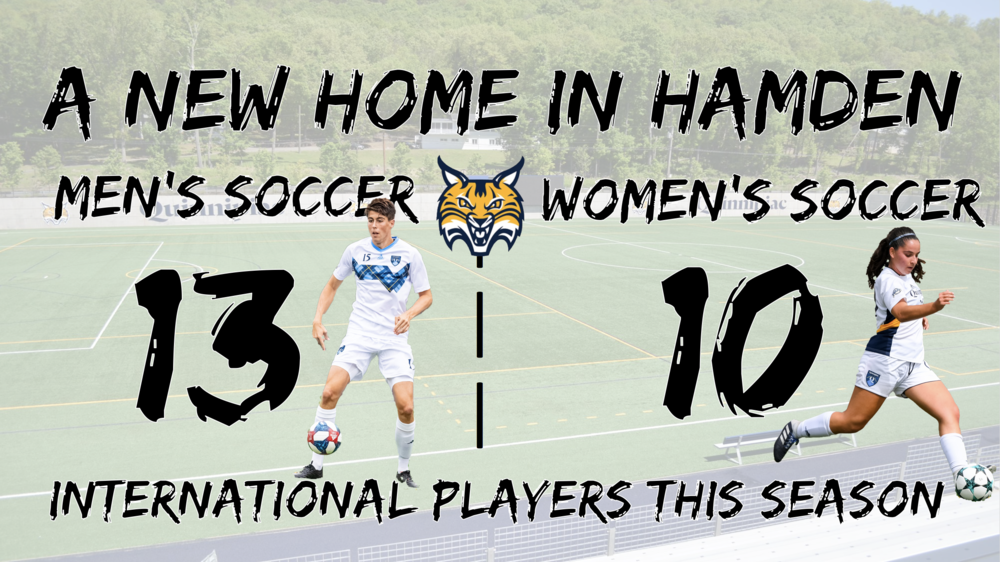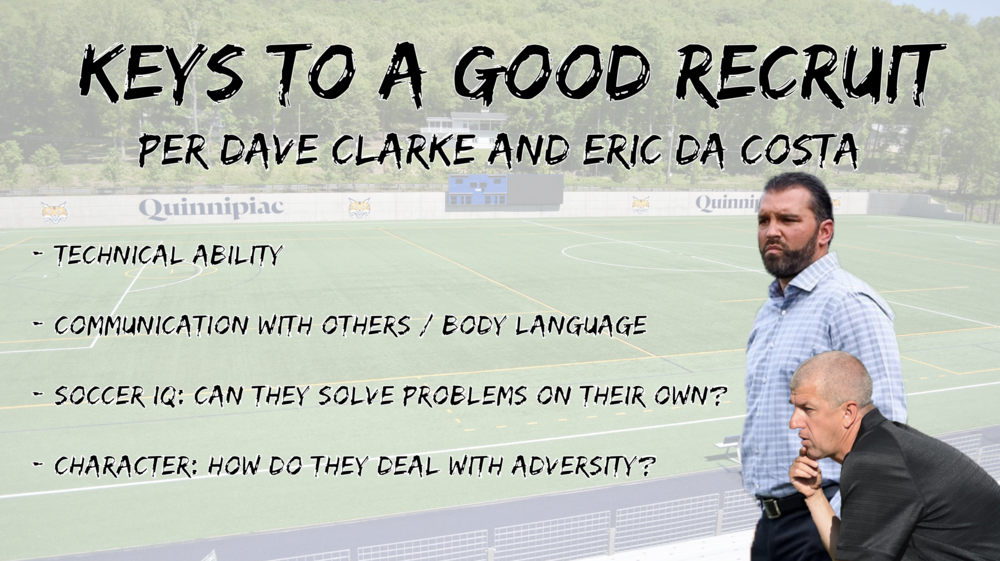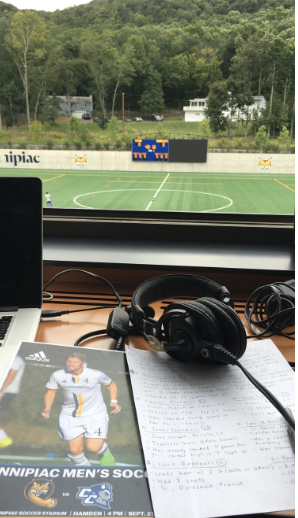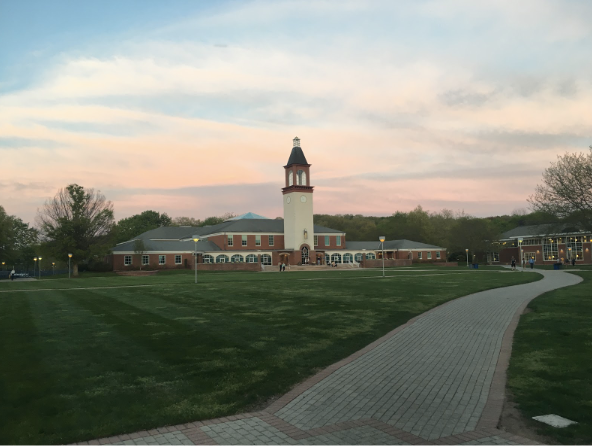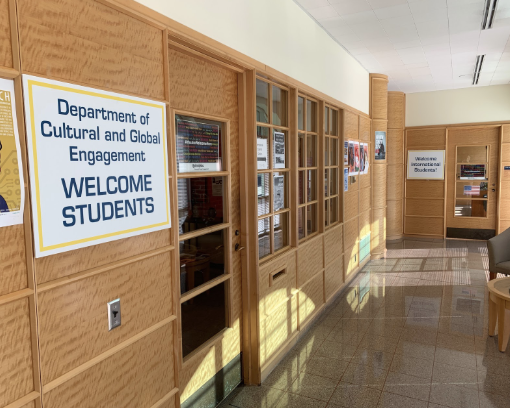The new trend, urbex, has people finding joy in exploring abandoned treasures left forgotten by society.
By Taylor Sniffen
Sweat was dripping from the three students’ brow as they waded through the woods in search of the remnants to a decrepit train station. As they pushed through the final clump of bushes, they fell into a clearing and found a 300 foot tall rusty light tower. One of the explorers immediately started to climb and as she scaled the ladder it began to creak and sway. The higher she got the more it moved, but despite the dilapidated state of the tower she continued to climb. When she finally reached the top her view was spectacular. Everyone there was completely entranced by the abandoned world around them, and the group stayed silent as they admired the forgotten treasure.
These three urban explorers from Quinnipiac University, Emma Shipton, Amelia Griffin and Josh Sprague climbed through the old abandoned Cedar Hills rail yard. It was once one of the largest rail yards on the east coast but now it has rotted away and become the perfect place for urban explorers to investigate. While many people find it strange that someone would risk their own safety to look at what most people see as condemned, their story isn’t uncommon.
“I like to learn about different things.” Sprague said. “There’s definitely an area of curiosity that leads me into wanting to go into these buildings.”
The exact definition according to Google is, “a person who explores man-made structures as a pastime, especially in areas not generally open to the public.” They want to know what’s inside a decaying building and the rush of adrenaline that comes with exploration is very popular among many people. This large network of people who spend their free time going into these abandoned places, call themselves urban explorers.
Brendan Hurley, a senior film major at Quinnipiac, has been exploring abandoned places for years.
“You’re going because you appreciate the history,” Hurley said. “You’re not looking for a place to do sketchy things … when we go in, we take pictures of everything, like we’ll find really cool things from the 1920s and 1910s cause some of these places are that old and just seeing this history in such a decrepit state and being able to preserve it then, like in its current state forever is fascinating.”
But what else drives these people to go into these buildings? Why do they seem to look past the health and safety risks each time they go exploring?
“I am so curious and I just want to learn,” Shipton said. “There is so much we don’t know and I’ve got so much time, I just want to see what I can, and somebody left something in there for us to find.”

A 360 image of the left side of Holy Land U.S.A. in Waterbury. It shows a completely ruined temple and other small cracked structures.
The Dangers
Some of the biggest safety issues that come with these decaying buildings are their structural integrity and hazardous environmental issues.
“I understand the allure that people have for these things, but some of them are pretty dangerous,” said Quinnipiac Civil Engineering Professor John Greenleaf. “I’ve seen walls collapse, because the mortar is no good between the stones that holds the stones together. Floors could cave in, so people could experience falls. Things like termites, eat the wood and the steel will rust and then decay.”
The U.S. Fire Administration has also listed many other structural issues that come with vacant and abandoned buildings. A few of these things include trip hazards lying on the floor, standing water in the basement, hazardous waste that’s been left behind and criminal activity which can further damage the building.
One example of crime creating a large issue is at Holy Land U.S.A. in Waterbury. This old rotting catholic theme park had been shut down since 1984 and closed off to the public since 2011. Just this past year was it finally opened back up to the public. News outlets over the years have detailed rapes, murders and vandalisms that took place on the property.
“When we were here last year it was closed you couldn’t even come up here,” said Donna Brady, a long time resident of Waterbury and frequent visitor to Holy Land when she was young. “Somebody had told me there was a possible rape and I knew there was a lot of riff-raff and destruction so they closed it.”
On the other hand, a less dangerous but still detrimental issue is that most of the buildings were built before or in the 1950s, meaning there is a high probability they were made with lead paint. Over time the paint rots off the walls and becomes lead dust, which can easily seep into the ground and make the water toxic for people to drink.
“Many factories built around that time and before were also built along waterways,” said Associate Professor of Biological Sciences, Courtney McGinnis. “This means that as the building decays rain, snow melt etc. carries the chemicals into the waterway which is in close proximity.”
She also explained that asbestos, which is a mineral that can cause lung diseases like mesothelioma or more commonly known as lung cancer, can become a huge issue when buildings decay.
“It has contaminated soil, water and air,” McGinnis said. “Asbestos was used very often in building materials, for example cement pipes as they erode and water passes through them contaminates the drinking water.”
Many explorers also stress the dangers to newcomers to warn them that it’s not the easiest hobby to get started in.
“It is an extremely dangerous thing to do and not always legal,” Rich Gugs, a veteran urban explorer from Connecticut said. “I try to seek permission before I go anywhere whenever possible, and although I have not gotten hurt myself I have seen and heard of a lot of people being hurt over the years, we even lost a local Urban Explorer about 2 years ago in a tragic accident. She had slipped and fell down into a storm drain and was tragically killed.”
But possible beams collapsing, floors giving out, and toxic inhalants doesn’t stop most avid urban explorers. The past pushes them to continue to explore.
“I’d say it’s definitely more so the adventure aspect,” Shipton said. “With this one school I went in you’d find these old textbooks and you could go through them and see kids notes and stuff like that. So kind of like seeing what it’s like and seeing what gets left behind.”

Another 360 image depicting the entrance and front of Holy Land U.S.A. If you look closely you can see a manger locked up in a cage in the front.
The Newest Trend
Over the last 10 years the want to explore abandoned places and venture into the unknown, has become an extremely popular trend.
After searching urbex on google trends, the results show that the number of searchers has been on a steady incline since 2004 and that out of the top five subregions that search the term Connecticut is number four. Subreddits, which are forums specifically dedicated to specific topics on the social news website Reddit, show that the terms urbex and urban exploration have anywhere between 11.5 thousand and 964 thousand followers on each channel.
These large groups of people that have created the name “urban explorers” for themselves, spend their free time going from one abandoned treasure to the next. While they’re there they take photos and videos, find little pieces of history, and try to uncover the mysteries of the past.
For Sprague, exploring to understand history is his favorite part.
“The most interesting part for me, is looking for artifacts of what it used to be, because now it’s obviously this old beat down building, but then just to kind of look for hints of something that might have happened in the building before, cause like you kind of see that contrast of like, oh yeah this is just an old decrepit building, but it used to be something else,” Sprague said.
The urbex community, as they call themselves, has created blogs and Facebook groups, where some have close to 1,600 members. With in these platforms people can post pictures, videos and interesting facts about the places their exploring. Examples of these sites are Abandoned CT and Damned Connecticut and some of the facebook groups for this area are Abandoned Tri State and Abandoned Connecticut.
Gugs is also a frequent sharer on Abandoned Connecticut and his own personal YouTube page, as well as an advocate for the hobby. He said he loves being able to connect with so many different people from so many different places.
“I really like the communities because not only do I get to share my locations with other enthusiasts, but I can see locations from around the world without even leaving my house,” Gugs said.
The members in each can network and message each other to learn more about abandoned places near them.
“There are communities of people that don’t post the locations to anything,” Hurley said, “because no one ever posts a location. If you want to find out where a picture was taken, you have to get in touch with the person who took it directly … and that’s what makes it almost a community in itself too because the way you find everything is by who you talk to.”

In the 360 image above you can see the top of the hill and all of Waterbury surrounding Holy Land. The camera was set up in the middle of a crumbling sanctuary, and the image also captures the damage the structure has withstood over the years from unwanted trespassers, like the graffiti.
Darmon Richter, a popular travel writer and photographer and frequent urbexer wrote about location posting on his blog.
Richter writes, “Some visitors are less ethical in their interactions than others are – and so greater visibility means a higher chance of places getting trashed and looted.”
He also discusses other important rules the urbex community tries to uphold.
You’ll likely have come across the popular mantra, “take only pictures, leave only footprints,” said Richter, “I believe the catchphrase was originated by the administration of national parks in the US, or something like that. Anyway, it has been frequently adopted by urban explorers, some of whom will identify these as the core words defining the implicit codes of engagement with abandoned, disused or restricted urban spaces.
When the rules are broken the user is typically tossed from the group and no longer allowed to share there, but the system isn’t perfect. People still share locations, steal from the sites and ruin large abandoned relics because they abuse the area, instead of just admiring it.
Many examples of photographers not respecting the rules and sport of urbexing can be seen all over the internet.
Photography Blogger Steve Cullen writes on Fstoppers about one such case, saying, “An unidentified photographer made headlines when a fire broke out on the SS Point Reyes shipwreck in California. The boat is a local landmark and a favorite destination for photographers. One too many photographers it would seem. The fire on the abandoned vessel was apparently caused when embers from a wool spinning photography session ignited the stern’s dry wood a day or so afterward.”
This kind of callousness forces the explorers to have to find new abandoned hideaways and the cycle continues. The urban explorers find new abandoned places, enjoy them for as long as they can until they become too unsafe and they move on to discover the next one.
“I guess I just love everything abandoned I really don’t have an absolute favorite,” Gug said. “As long as it’s something historic, something from the past or a window into our past then I love it and I love to explore every inch of it”

The final 360 image was taken at the top of the hill past the original Catholic themed attraction on the opposite side of the hill. The two different areas with crosses shows, the new massive steel cross with LED light that was very recently created and the three white crosses are where the original crosses were first placed.






